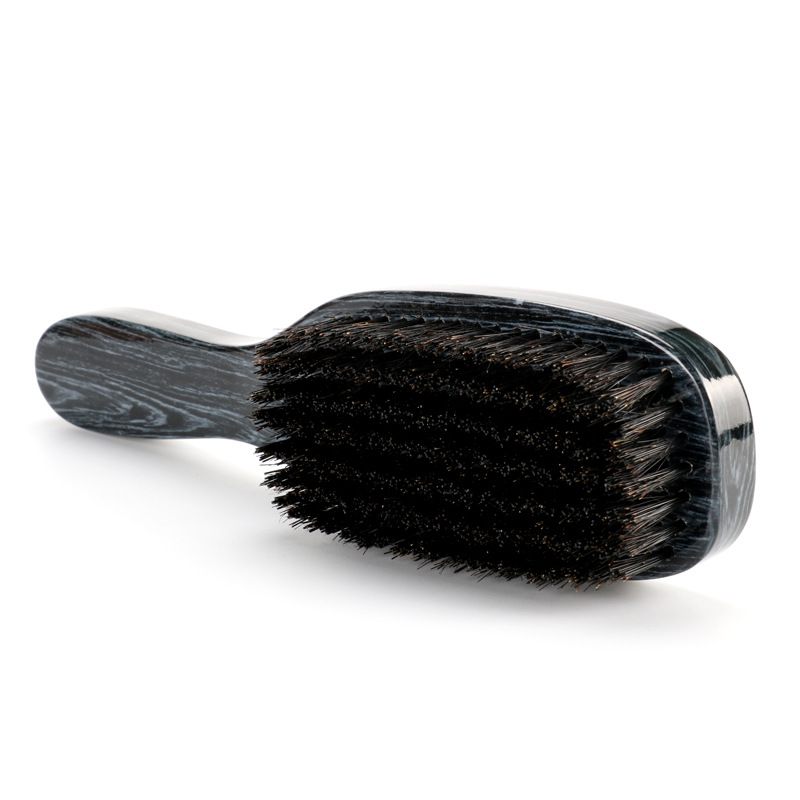Industry news
Shaving Brush Filament Properties and Their Impact on Lather Quality
- 781 Views
- 2025-08-16 02:31:47
Shaving Brush Filament Properties and Their Impact on Lather Quality
Lather is the unsung hero of a superior shaving experience. A rich, creamy lather cushions the skin, lifts whiskers, and reduces friction, turning a daily chore into a luxurious ritual. Yet, behind this foam lies a critical factor often overlooked: the properties of the shaving brush filament. From material composition to microscopic structure, every aspect of the filament influences how well it whips soap or cream into that perfect lather. Let’s break down the key filament properties and their direct impact on lather quality.
1. Material: The Foundation of Lathering Potential
The choice of filament material—natural (e.g., badger, boar) or synthetic (e.g., nylon, polyester)—sets the stage for lather performance. Natural filaments, long revered for their lathering prowess, excel in water retention. Badger hair, for instance, has hollow core structures that absorb and release water slowly, keeping lather moist and pliable. However, natural materials suffer from inconsistency: hair from different animals (or even部位) varies in thickness and texture, leading to unpredictable lather results.

Synthetic filaments, by contrast, offer engineered precision. Modern synthetics like PBT (polybutylene terephthalate) or modified nylon mimic natural hair’s water-holding capacity while eliminating variability. They also boast better resistance to soap residue buildup, ensuring consistent lathering session after session. For eco-conscious brands, synthetics avoid the ethical concerns of animal sourcing, making them a compelling choice without sacrificing performance.
2. Filament Diameter: The Fine Line Between Creamy and Coarse

Filament diameter is a silent architect of lather texture. Measured in millimeters (mm), it directly impacts how the brush interacts with soap and air—two ingredients essential for lather. Fine filaments (0.05–0.08mm) create a denser, silkier lather. Their slender profile increases surface area, trapping more air pockets as the brush swirls. This results in a “cloud-like” consistency, ideal for sensitive skin as it reduces drag during shaving.
In contrast, thicker filaments (0.1mm+) produce a more robust, bubbly lather. While less creamy, they excel at agitating hard soap cakes, making them popular for bar soap users. The trade-off? Thicker filaments can feel harsher on the skin, a factor manufacturers balance by blending diameters to achieve both lather density and softness.
3. Elasticity and Resilience: The Engine of Lather Creation
A filament’s ability to bend and snap back—its elasticity—dictates how efficiently it whips up lather. High-elasticity filaments (common in premium synthetics) maintain their shape during vigorous swirling, repeatedly lifting soap from the bowl and incorporating air. This “spring-back” action accelerates lathering time and ensures the foam remains stable, resisting collapse during the shave.
Stiffer filaments, while less elastic, offer control for users who prefer a firmer brush feel. However, excessive stiffness can hinder air incorporation, leading to flat, watery lather. The sweet spot? A balance of elasticity and flex, where the filament bends enough to trap air but rebounds to keep the lather in motion.
4. Surface Texture: Microscopic Traps for Air and Moisture
Beyond size and material, the microscopic texture of filaments plays a hidden role in lather quality. Smooth filaments may glide through soap but struggle to hold onto air bubbles. In contrast, filaments with micro-ribbing, pits, or a “honeycomb” surface (engineered in advanced synthetics) act like tiny anchors, locking in air and water. This texture increases friction between the filament and soap, breaking down soap molecules into smaller ps that mix more easily with air—key for a rich, long-lasting lather.
The Synergy of Properties: Crafting the Perfect Brush
No single property works in isolation. A high-performance shaving brush balances material, diameter, elasticity, and texture. For example, a synthetic filament with 0.06mm diameter, PBT composition, and micro-ribbed surface might offer the best of both worlds: the water retention of natural hair, the consistency of synthetics, and the air-trapping ability to create a creamy, stable lather.
As the industry evolves, manufacturers are pushing boundaries—developing filaments that mimic the hollow core of badger hair or using biodegradable materials for eco-friendly options. For brands and consumers alike, understanding these properties isn’t just technical; it’s the key to elevating the shaving experience, one lather at a time.











